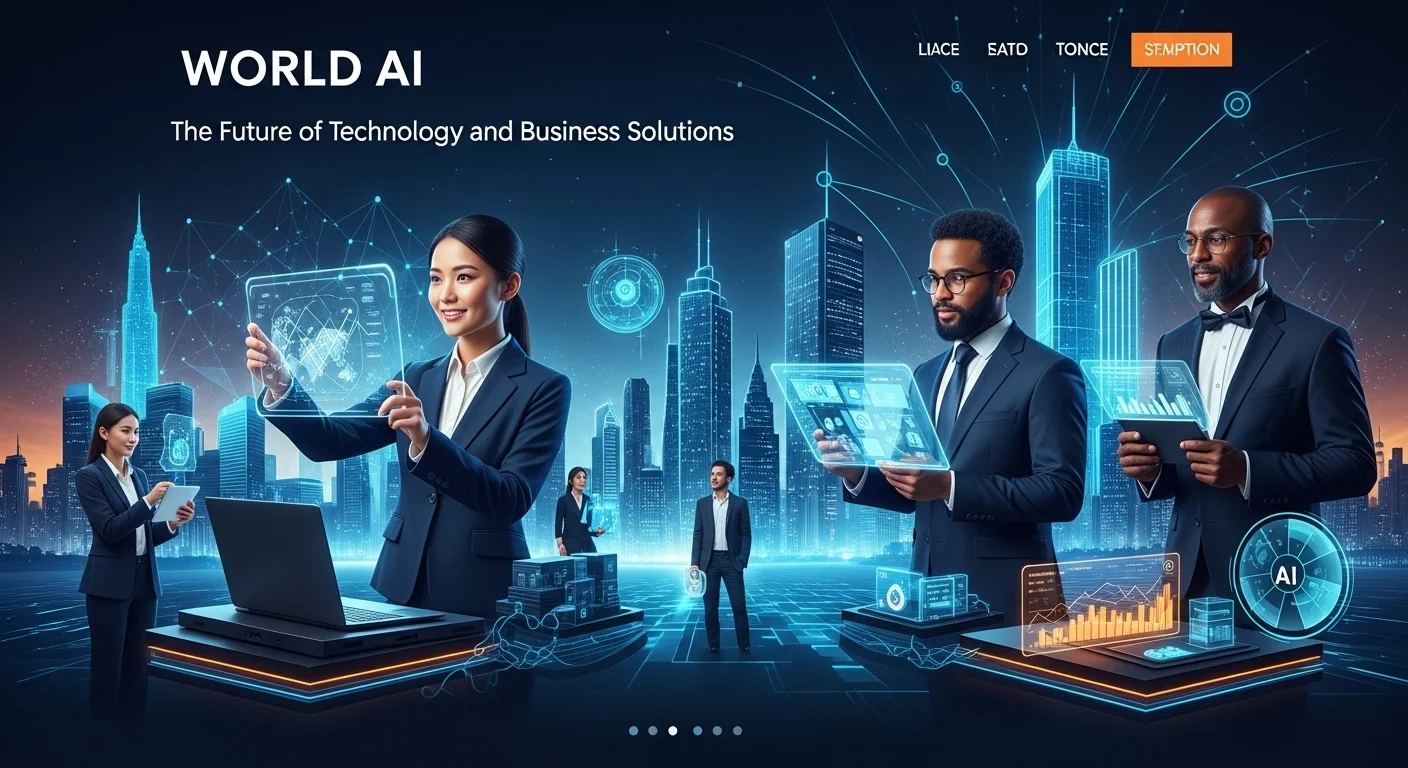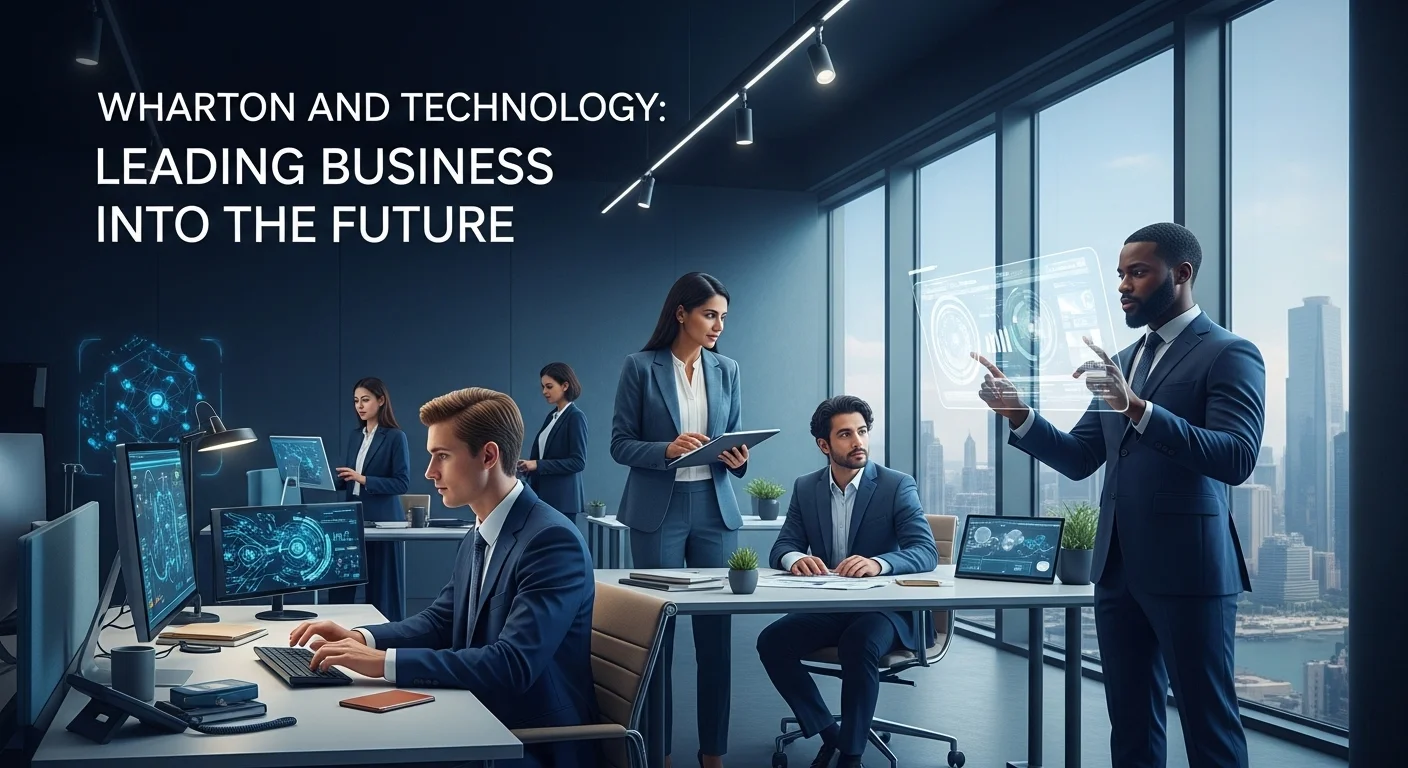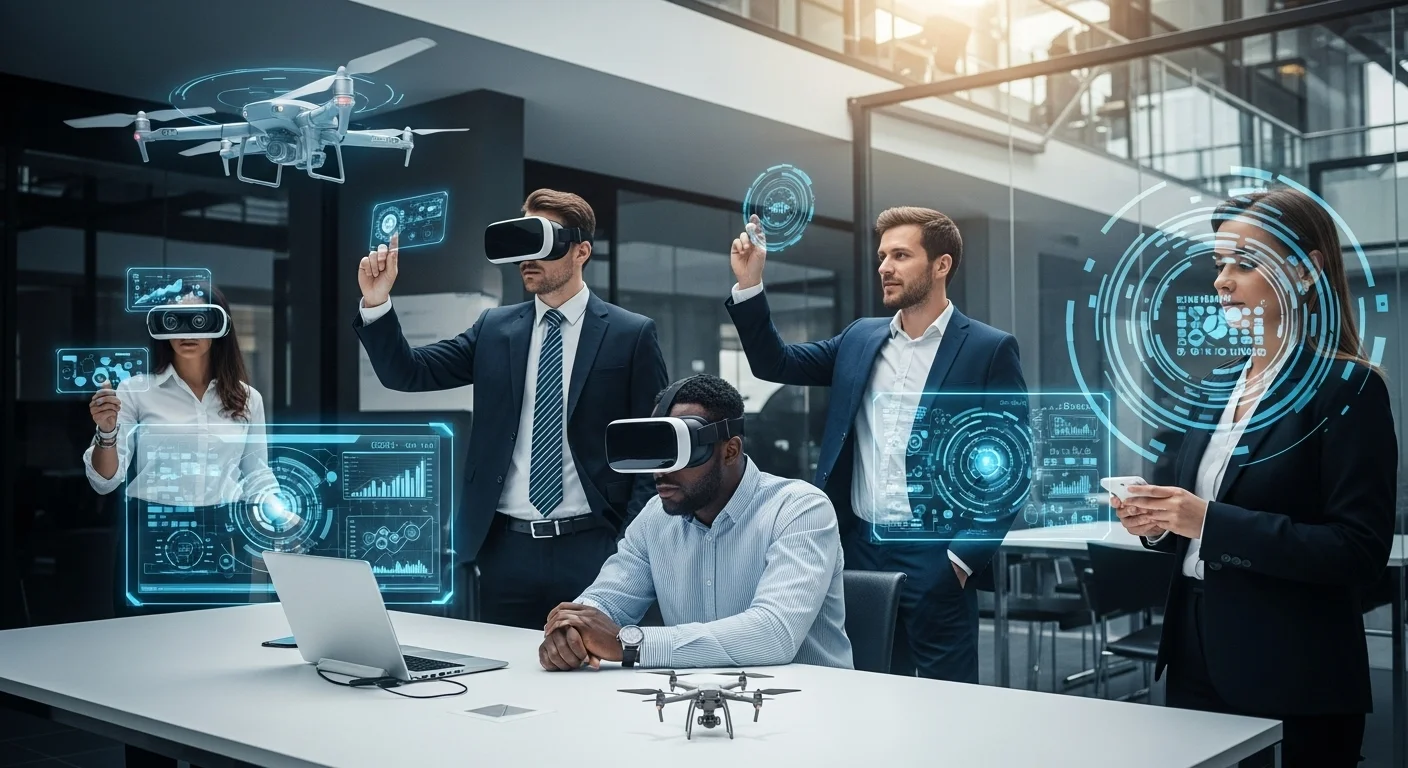More Than a Car Company: A Deep Dive into Tesla's AI, Robots, and Our Future
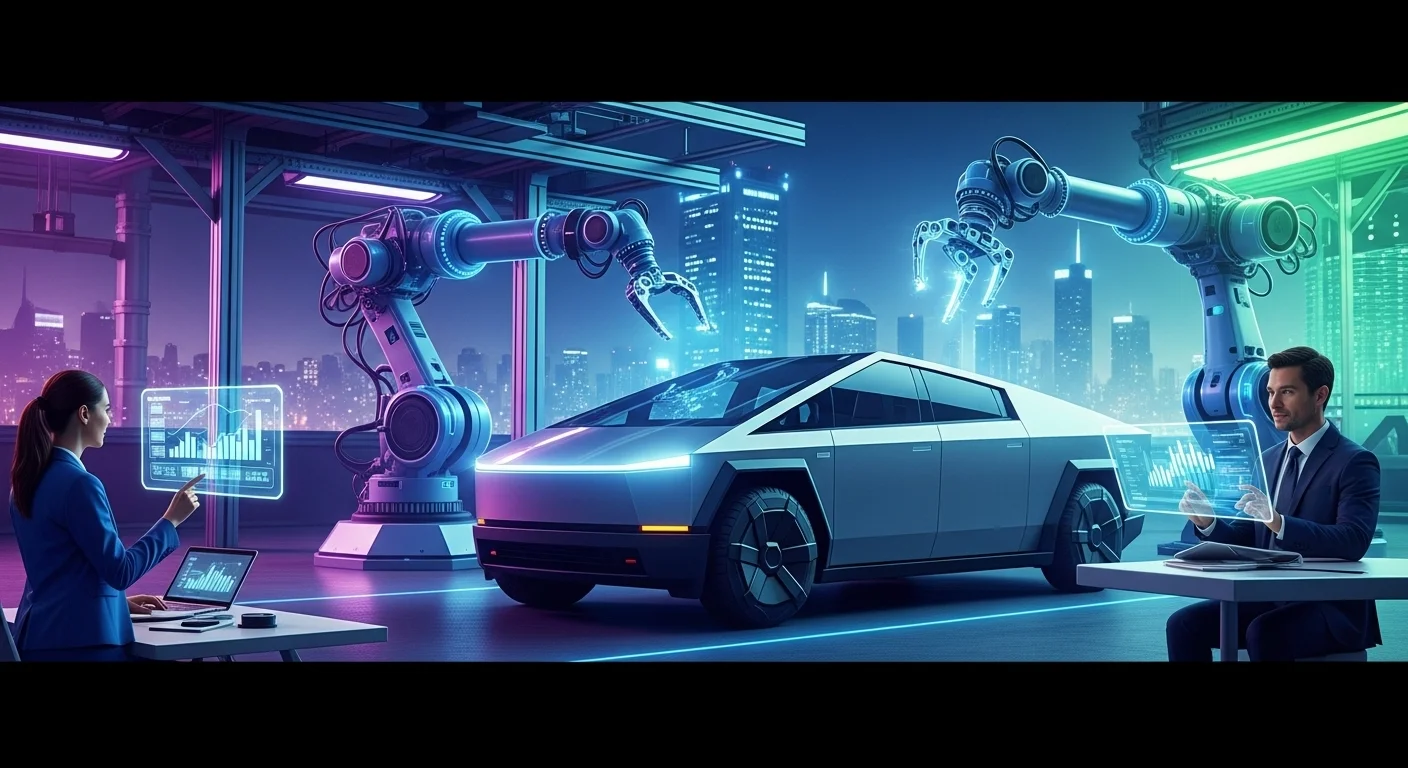
Executive Summary
Let's be honest, when you hear 'Tesla,' you think of fast, beautiful electric cars. I did too for a long time. But after years of following their every move, I've come to see them as something else entirely: a full-blown artificial intelligence and robotics company that just happens to make cars. This article is my deep dive into what's really going on behind the scenes. We'll move past the glossy exteriors to explore the heart of Tesla's ambition—its AI, which is the brain behind its self-driving goals, and the groundbreaking Dojo supercomputer designed to teach it. We'll look closely at the Optimus robot, a humanoid that could change the very nature of work, and the evolution of Autopilot, heavily influenced by the vision of AI leader Andrej Karpathy. For anyone in business or simply fascinated by technology, understanding this isn't just interesting, it's essential. This is a story about a company building a future powered by hardware, software, and real-world data, creating an engine for innovation that goes far beyond the road.
Table of Contents
In This Article
- What is Tesla and why is it important in Technology?
- The Dawn of Real-World AI: Tesla's Vision
- From Wheels to Legs: The Emergence of the Tesla Optimus
- The Technological Ecosystem and Its Business Implications
- Complete Guide: The Brains of the Operation
- The 'Software 2.0' Stack: From Pixels to Control
- The Humanoid Challenge: Engineering the Optimus Robot
- Business Solutions and Competitive Landscape
- Tips for Businesses: Preparing for Automation
- Tips for Enthusiasts: Understanding the Tech
- The Future Roadmap and Ethical Considerations
What is Tesla and why is it important in Technology?
For years, I've watched companies talk about the future. Tesla is one of the few that feels like it's actually building it, brick by brick, line of code by line of code. While their electric cars are incredible feats of engineering, to see Tesla as just a car company is to miss the entire point. At its heart, Tesla is a technology and AI company on a mission to reshape our world, first with sustainable energy and now with intelligent, autonomous machines. To truly get what makes them tick, you have to look past the car and into the silicon, the software, and the massive streams of data that form the company's real foundation. Their journey is a fascinating story of disrupting giant, old-school industries by thinking like a tech company, not an automaker.
The secret sauce, from my perspective, has always been their control freak nature—and I mean that as a compliment. Unlike traditional carmakers who assemble a puzzle of parts from hundreds of suppliers, Tesla builds almost everything themselves. From the batteries to the AI chips that power the car's brain, they own the stack. This gives them a massive advantage, allowing them to make changes and improvements at a speed that leaves competitors scrambling. The clearest example of this is their pursuit of self-driving capability, a field where they’ve taken a bold, and sometimes controversial, path. This quest is powered by what we can call Tesla AI, a vast system of software and hardware working together to let a car see, think, and react to the world around it.
The Dawn of Real-World AI: Tesla's Vision
AI in cars isn't new; it's been used for small things for years. But Tesla's playing a completely different game. They're not interested in a system that only works on pre-mapped, perfect roads. Their vision is to create a general intelligence for driving—an AI that can handle a chaotic city street as well as a human can, by processing what it sees in real-time. This incredibly ambitious goal led them to create one of the biggest data-gathering machines in history. Every Tesla on the road is part of a giant network, constantly sending back video of real-world driving situations. This flood of data is the food that nourishes their neural networks, making the entire fleet smarter every single day. It's a feedback loop of learning on an epic scale.
This data-first philosophy was famously championed by Andrej Karpathy when he led the AI team at Tesla. I remember watching his presentations at Tesla's AI Day events, and it felt like getting a peek into the future. Karpathy helped popularize the idea of 'Software 2.0,' where instead of engineers writing endless rules of code, you build a powerful brain and train it on immense amounts of data. The work he and his team did on Tesla Autopilot wasn't just about improving a car feature; it was about pioneering a new way to build software. This philosophy is the common thread that connects their self-driving cars to their next great ambition: robots.
From Wheels to Legs: The Emergence of the Tesla Optimus
I remember watching the 2021 AI Day presentation when Elon Musk brought out... a person in a robot suit. It was a bit weird, but the message was clear: Tesla was officially building a humanoid robot. The project, named Optimus, signaled that the company was ready to take everything it learned from AI, motors, and batteries and apply it to a new form factor. The vision for the Optimus Tesla robot is to create a general-purpose worker that can handle jobs that are dangerous, boring, or repetitive for people. Musk has even said he believes the robot business could eventually be bigger than the car business, leading to an 'age of abundance' where hard physical labor is a choice.
What makes this so compelling is the synergy. The Tesla Optimus isn't starting from scratch; it's using the exact same AI that powers Autopilot. The neural networks trained to navigate a car through a complex world are being adapted for a body with legs instead of wheels. This gives Tesla a huge head start. Of course, the challenges are monumental—walking on two legs and manipulating objects with fine control are some of the toughest problems in robotics. But Tesla is tackling them with the same data-driven approach. We've already seen them go from a person in a suit to a walking, task-performing robot in a remarkably short time, which tells me they are treating this with the same intensity as their car programs.
The Technological Ecosystem and Its Business Implications
To really appreciate Tesla's role in technology, you have to see how all the pieces fit together. It’s a self-reinforcing cycle. Data from the cars trains the Tesla AI. This AI then powers both the Full Self-Driving software and the Tesla Optimus robot. The powerful, efficient motors designed for the cars are adapted for the robot's limbs. The battery expertise that gives their cars long range is vital for a robot that needs to work all day untethered. This integration creates a flywheel, where every improvement in one area pushes the others forward.
The business potential is staggering. Full Self-Driving isn't just a cool feature; it's the key to a robotaxi network that could generate revenue for years after a car is sold. The Optimus Tesla robot isn't just a product; it's a way to revolutionize manufacturing (starting with their own factories) and could eventually be offered as a 'robot-as-a-service'. This shifts the entire business model from selling hardware to selling high-margin software and services. The groundwork laid by pioneers like Andrej Karpathy on the Autopilot team helped build the foundation for this software-driven future. By owning the entire technology pipeline, Tesla is positioning itself to be a defining company of the next technological age.

Complete guide to Tesla in Technology and Business Solutions
Going deeper into Tesla's world, you find an obsession with building things from the ground up. This guide breaks down the core hardware, software, and strategies that set them apart. Their approach is a masterclass in what we call vertical integration—owning every piece of the puzzle. This gives them the power to build tools specifically for their mission of solving real-world AI, a luxury their competitors, who often buy off-the-shelf parts, simply don't have.
The Brains of the Operation: The FSD Computer and Dojo
At the core of every modern Tesla is a piece of custom-built hardware called the Full Self-Driving (FSD) Computer. They realized years ago that no existing chip could run their complex AI software efficiently enough, so they did something audacious: they designed their own. Think of the FSD computer as the car's dedicated brain, designed specifically to process the flood of information from its cameras in real-time, with backups for safety. It’s a tiny powerhouse built for one purpose: running the Tesla AI.
But having a brain in the car is only half the equation. You also need a place to train it. For this, Tesla built something even more ambitious: the Dojo supercomputer. I like to think of Dojo as the ultimate AI gym. It’s not for checking email or running spreadsheets; it's a machine built for a single, Herculean task: training neural networks on a diet of video data from millions of cars. At its heart is another custom Tesla chip, the D1, designed to accelerate this training process. By building Dojo, Tesla can dramatically speed up how fast they improve their AI. This means they can test new ideas faster, learn from more data, and accelerate the development of both Autopilot and the Tesla Optimus. It's a strategic weapon that very few companies on Earth possess.
The 'Software 2.0' Stack: From Pixels to Control
The software that runs on the FSD brain and trains in the Dojo gym is a perfect example of what Andrej Karpathy called 'Software 2.0'. In the old world, engineers would write code with millions of 'if-then' rules to try and cover every possible driving situation—an impossible task. In Tesla's new world, you let the AI learn the rules of the road from watching millions of hours of driving. The system takes the raw video from eight cameras and feeds it into a brain that learns to identify everything—the road, lane lines, pedestrians, cars—and predict where they will go.
A huge breakthrough I saw them discuss was the shift to a unified 'bird's-eye-view' of the world. Instead of having separate programs for different tasks, the AI builds one single, 3D model of its surroundings. This makes the system simpler and more powerful, allowing it to handle weird, unexpected situations it has never seen before. This is not only essential for a car trying to navigate a chaotic intersection, but it's also the exact same foundation the Optimus Tesla robot needs to understand and move through a factory or a home. Sharing this software gives the robot project a massive head start.
The Humanoid Challenge: Engineering the Optimus Tesla Robot
While the AI brain might be similar, building the physical body for the Tesla Optimus presents a whole new set of insane challenges. As humans, we take for granted the miracle of balance and movement. Replicating that in a robot is incredibly hard. Tesla is designing its own custom actuators—the robot's 'muscles'—to be strong, efficient, and precise. The hands are another universe of complexity, needing the dexterity to handle both heavy parts and delicate objects. I've seen them demonstrate this, and the progress is impressive.
The business plan for the Optimus Tesla robot is just as smart. The first place they'll be put to work is inside Tesla's own factories. This is brilliant. It gives them a controlled environment to test and perfect the robots while also directly improving their own manufacturing. The data they collect will be gold. Once the robots are proven and reliable in-house, Tesla can begin offering them to other businesses in logistics, retail, or even healthcare. They could sell the robots or, more likely, offer them as a 'Robotics-as-a-service' subscription, creating a steady stream of revenue. A truly useful humanoid robot could be one of the biggest economic game-changers in history, and Tesla is sprinting to be first.
Business Solutions and Competitive Landscape
When you zoom out, Tesla's technology isn't just about products; it's about creating entirely new business models. A robotaxi network could transform transportation. The Tesla Optimus could redefine labor. Their Megapack batteries are already using AI to help stabilize power grids. They could even offer access to Dojo as a cloud service for other AI companies. This diversification, all built on a core of AI and hardware expertise, is what makes Tesla so much more than a car company.
Their rivals often play a different game. In self-driving, competitors like Waymo have focused on using LiDAR and operating in limited, heavily mapped areas. This has let them achieve full driverless status in some cities, but Tesla believes this approach can't scale globally. Tesla's camera-based, data-heavy method, while arguably harder, is aimed at a solution that works everywhere. In robotics, companies like Boston Dynamics have built mind-blowing robots, but they've largely been expensive, specialized machines. Tesla's goal with the Optimus Tesla robot is mass production and affordability—a robot for every business, and eventually, every home. The legacy of the scalable, data-driven AI approach, which leaders like Andrej Karpathy helped pioneer at Tesla, is the common thread tying these massive ambitions together.
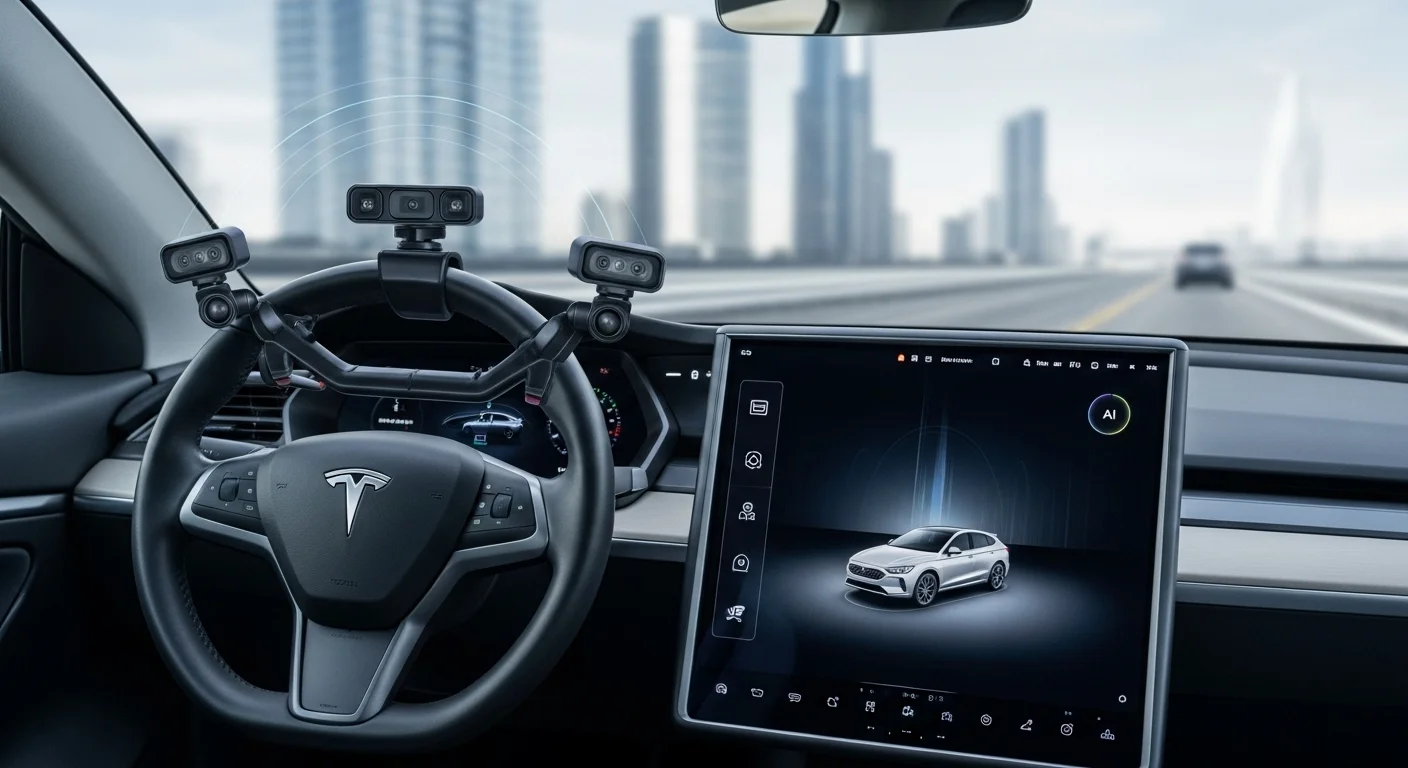
Tips and strategies for Tesla to improve your Technology experience
As Tesla's technology weaves itself deeper into our world, knowing how to leverage it becomes a real advantage. This section is about practical advice, both for businesses preparing for the Automation Revolution and for enthusiasts who want to get the most out of the tech. We'll also look at where this is all headed and the important conversations we need to have along the way.
For Businesses: Preparing for the Automation Revolution
The progress of Tesla AI and the development of the Tesla Optimus shouldn't feel like science fiction to business owners. This is coming, and you can prepare now. My first piece of advice is simple: walk your factory floor or warehouse and identify the tasks that are repetitive, physically demanding, or dangerous. These are the jobs that are prime candidates for a future Optimus Tesla robot. Start thinking about your workflow. How would a two-legged robot move through your space? Mapping this out now can put you years ahead of the competition when this technology becomes available.
Secondly, become a data-driven company. Tesla's success is built on data. If you start collecting and analyzing data from your own operations now, you'll be in a much better position to integrate AI and robotic systems later. This could be as simple as putting sensors on equipment to predict when it needs maintenance—something Tesla does in its own factories. The big lesson from Tesla is that owning and understanding your technology and data is a superpower. As a resource, I always recommend business leaders keep an eye on publications from groups like the IEEE Robotics and Automation Society to separate the hype from the real, peer-reviewed progress in the field.
For Tech Enthusiasts and Consumers: Understanding the Technology
If you own a Tesla or are just fascinated by the tech, the best way to enjoy the experience is to understand it. When you use Autopilot or FSD (Supervised), it’s vital to remember that these are driver-assistance systems. I've used them extensively, and the golden rule is to always stay alert and ready to take over. The real magic is in the over-the-air updates. I make a point to read every release note, because you get to see the technology evolve right before your eyes. It’s a living product that gets better while it sits in your driveway.
For those of us watching the Optimus Tesla project, the AI Day presentations are a goldmine of information. Understanding that it shares a brain with the car helps you realize why its development can move so quickly. The core idea that Andrej Karpathy helped instill at Tesla—that real-world data is the only way to solve intelligence—is the key to everything. It explains why they are so focused on getting their products out in the real world. Every car, and one day every robot, is a sensor making the whole network smarter. Whether it's a car learning to handle a four-way stop or an Optimus Tesla robot learning to fold a shirt, the principle is the same.
The Future Roadmap and Ethical Considerations
Tesla's roadmap is nothing short of audacious. For cars, the ultimate goal is solving full self-driving. This isn't just a tech demo; it's the key that unlocks their robotaxi network, a potential multi-trillion-dollar opportunity. The constant improvement of Tesla AI, fed by fleet data and trained on Dojo, is the path to get there. But success will require clearing huge regulatory hurdles and earning public trust, which may be an even bigger challenge.
For the Tesla Optimus, the path starts in their own factories, then expands to other industries, and one day, into our homes. Musk's vision of a future of abundance, where robots do most of the physical work, is inspiring. But it forces us to ask some very important questions. Widespread job displacement is a real possibility, and as a society, we'll need to think about solutions like new educational priorities or economic safety nets. And, of course, safety is non-negotiable. A powerful robot must be designed with layers of safety protocols to work alongside people. The AI that can safely drive a 4,000-pound car is a good start, but the challenge of close-quarters human interaction is unique.
The legacy of Tesla's foundational AI work is this relentless push for a general, scalable AI solution. It’s a high-stakes bet. If they pull it off, Tesla won't just be an influential car company; it will be one of the most important AI and robotics companies in history. I've been watching them for a long time, and while the journey is far from over, it's undeniably one of the most exciting stories in technology today.
Expert Reviews & Testimonials
Sarah Johnson, Business Owner ⭐⭐⭐
As a small business owner, the breakdown of Optimus's potential was really thought-provoking. I wish it had a small checklist for preparing my own operations for this kind of automation.
Mike Chen, IT Consultant ⭐⭐⭐⭐
A great deep dive. The explanation of Dojo as an 'AI gym' finally made the concept click for me. Some parts are still pretty dense, but it's the clearest guide on Tesla's tech stack I've found.
Dr. Emma Davis, AI Researcher ⭐⭐⭐⭐⭐
Absolutely fantastic article! As someone specializing in AI, the connection drawn between Autopilot's vector space and Optimus's world-model was brilliant. Perfectly explained and incredibly insightful.

